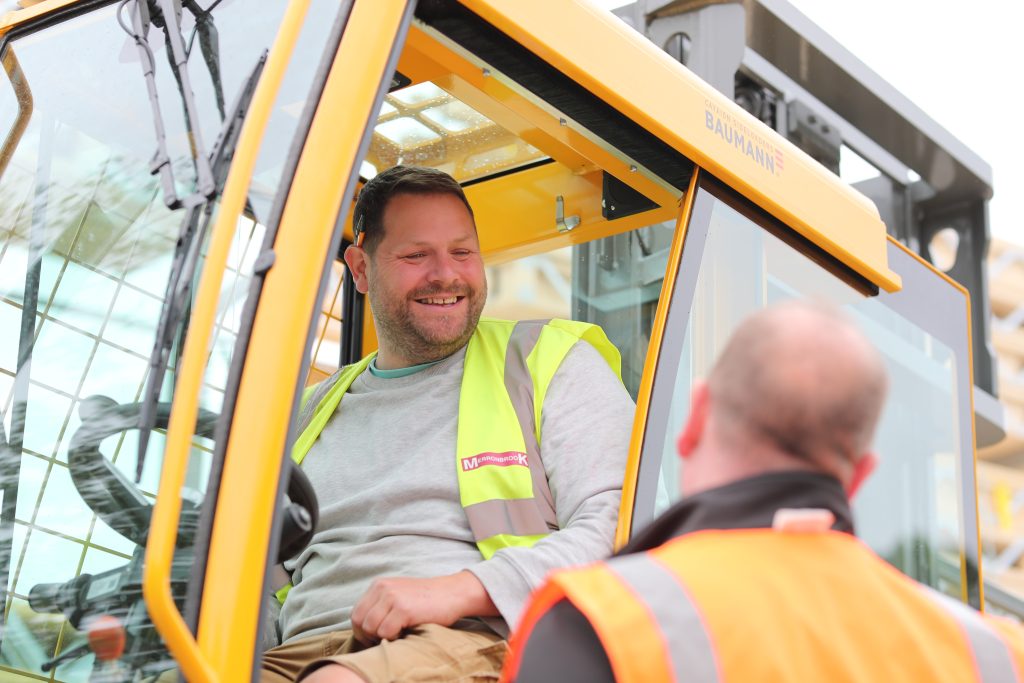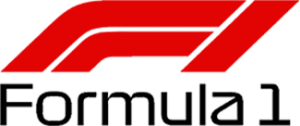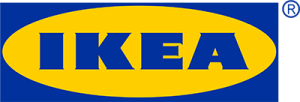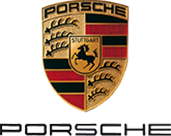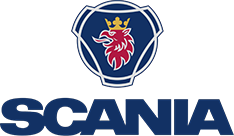Heavy-duty forklifts are used for industries such as construction and manufacturing, and the load is carried transversely to the forklift. Side loaders, on the other hand, carry loads such as long packages of wood, steel profiles and or other goods on the side of the forklift for better maneuverability in tight spaces. Both are essential in environments where large, heavy materials must be moved.
The larger the forklift, the more space it takes up when maneuvering and the more dangerous it becomes. Especially when long forks are also chosen, the chance of material damage increases. With hydraulic forklift forks, the length of forks can be adjusted, and the forklift does not have to drive continuously with long forks, and thus, the forklift becomes safer. With the ReachForks, the forklift becomes highly suitable for loading and unloading trucks from one side, or the Extendable ReachForks can be used to handle various large packages that need to be picked up from both the wide and long sides without protruding from the back.
Retracting the hydraulic telescopic fork when no load is being handled shortens the turning radius, and less space is required while driving and maneuvering. One-sided truck loading and unloading also makes working with ReachForks significantly safer.
Often heavy duty truck are used for loading and unloading truck. With the telescopic forks, truck can unload/load from one side, reducing the space required. In addition, the turning radius with retracted reach forks is smaller than with long standard forklift forks, requiring less space.
With telescopic forks, extended and retracted forklifts are operated from the cabin of the forklift. The use of telescopic forks not only improves safety on the shop floor, but also allows for more efficient use of available space and productivity because less space is required.
Driving heavy forklift required more attention and concentration than smaller forklift because of the size of the forklift. With ReachForks retracted, forklift safety can be increased, although the forklift driver must always remain alert.
Side loaders and large trucks are often used for transporting long goods that need to be moved onto trucks. Maneuvering large trucks takes more time, but by loading and unloading the truck from one side, time can be saved.
Telescopic forks are significantly cheaper to purchase and maintain compared to a pantograph as a reach mechanism. The combination of ReachForks on a side loader with a wide fork carriage is also more stable than a pantograph with a mounted traverse and is less complex in construction.

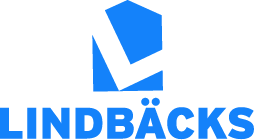
The maximum capacity often depends on the pockets of the carrier on which the goods are to be moved and in which the ReachForks are to be inserted. The heaviest ReachForks produced by Meijer Handling Solutions until today are 50,000 kg/600 mm.
We make customer specific suspensions for all kinds of forklift manufacturers and attachments producers such as with Bolt-On, Pin-Type, Shaft Suspension, ReachForks with Guided Rollers, special ground clearance etc.
Both a pantograph and reach forks can move a load forward relative to a forklift mast. With reach forks, a sleeve that encases the base forks is hydraulically moved forward. In contrast, a pantograph uses a scissor mechanism that extends, moving the fork carriage, to which the forks are mounted, forward. The pantograph’s construction is significantly heavier and contains more components than reach forks, making it more expensive to purchase and maintain.
Reach forks are highly suitable for handling long goods on a sideloader. They allow for one-sided loading and unloading of trucks and can also be used as extension forks if there are variations in the package widths (depths). If necessary, more than two reach forks can be mounted on a traverse for better support of long loads. Since only the outer sleeves move away from the mast and not an entire scissor combination with a fork carriage as in a pantograph, the use of reach forks provides a stable extension method.
Especially in the field of heavy lift trucks and side loaders, intensive cooperation between the engineering departments of Meijer Handling Solutions and the lift truck manufacturer can be necessary because the lift trucks are often made to customer specification. Based on various data from the forklift supplier, a proposal is made for the telescopic forks, which is then submitted for approval before production starts, as these are often very expensive ReachForks. Meijer Handling Solutions’ local importer is also crucial because of the proper communication between both parties.
